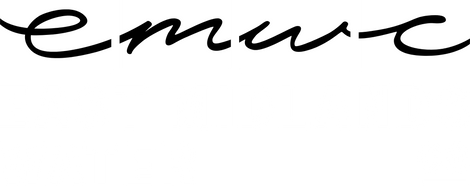Did you know that Ultra Violet (UV) light can be used to destroy bacteria in your drinking water?
If you've read any of our other blogs, you will know about what might be lurking in your drinking water and how different treatments can help eliminate some of these 'nasties'.
Municipal water suppliers treat their water in order to meet water quality standards, usually with the use of chlorine. However, there are chlorine resistant micro-organisms such as Giardia and Cryptosporidium that continue to cause thousands of documented health cases each year.
How does UV water treatment work?
UV is a type of energy found in the electromagnetic spectrum. You cannot see UV light or rays. UV water purification systems use special lamps that emit UV light whch attacks the genetic code of the micro-organism. As water passes through a UV water treatment system, living organisms in water are exposed to UV light which attacks the genetic code of the micro-organism and rearranges the DNA/RNA, eliminating the micro-organism's ability to function and reproduce. The process of exposing water to UV light is simple but effective, destroying 99.99 percent of harmful micro-organisms without adding any chemicals to water.
UV can knock out:
- viruses
- bacteria
- cysts
- salmonella
- coliform
- giardia
- e-coli
- cryptosporidium
- typhoid fever
- flu
- polio
- cholera
- infectious hepatitis
- dysentery
- meningitis
UV can only eliminate micro-organisms in water. UV technology does not remove other contaminants such as heavy metals, salts, chlorine, or man-made substances like petroleum products or pharmaceuticals.
UV can only work if the water is clear. If the water is murky a pre-filter should be used.
UV systems need electricity to work and so might not be suitable for all applications.
